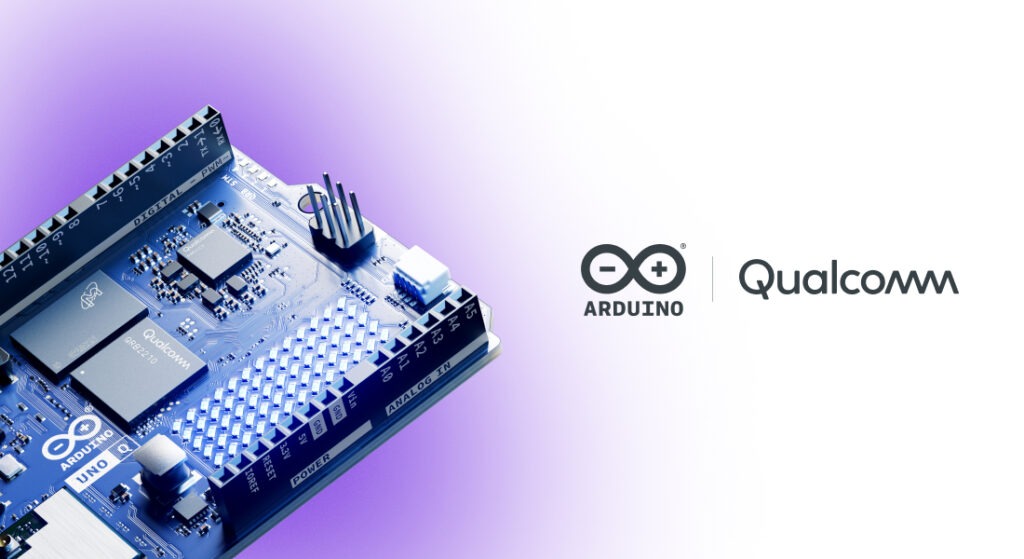Arduino, long celebrated for making microcontrollers accessible to hobbyists and professionals alike, has officially entered the single-board computer (SBC) arena with the launch of the UNO Q. This marks the company’s first foray into Linux-capable boards, blending the simplicity of Arduino with the performance of Qualcomm’s cutting-edge technology.

At the heart of the UNO Q lies a hybrid architecture designed to balance raw computing power with precise real-time control:
- Qualcomm Dragonwing QRB2210 SoC
- Quad-core ARM CPU up to 2.0 GHz
- Adreno GPU for graphics and AI acceleration
- Dual image signal processors for vision tasks
- Integrated Wi-Fi 5 and Bluetooth 5.1
- STM32U585 Microcontroller
- Dedicated to low-latency operations
- Handles sensors, I/O, and deterministic control loops
- Ensures reliability for robotics, automation, and industrial use
This “two brains, one board” approach allows developers to run Linux-based AI and vision applications while maintaining real-time responsiveness for hardware control.
To complement the hardware, Arduino unveiled App Lab, a new development environment tailored for the UNO Q. It merges the familiar Arduino workflow with advanced tools for Linux and AI development. Key features include:
- Support for Python, C++, and visual programming
- Built-in libraries for AI, computer vision, and IoT
- Containerized app deployment for scalability
- Debugging and cross-compilation tools
This makes the UNO Q equally appealing to makers, educators, and professional developers.
The UNO Q is more than just another board—it’s a strategic milestone:
- Arduino expands from microcontrollers into full-fledged SBCs
- Qualcomm’s technology strengthens Arduino’s ecosystem for AI and IoT
- Developers gain a platform that bridges prototyping and production
From AI-powered robotics to connected devices, the UNO Q is set to redefine what’s possible in the open-source hardware world.
Share to your social below!
